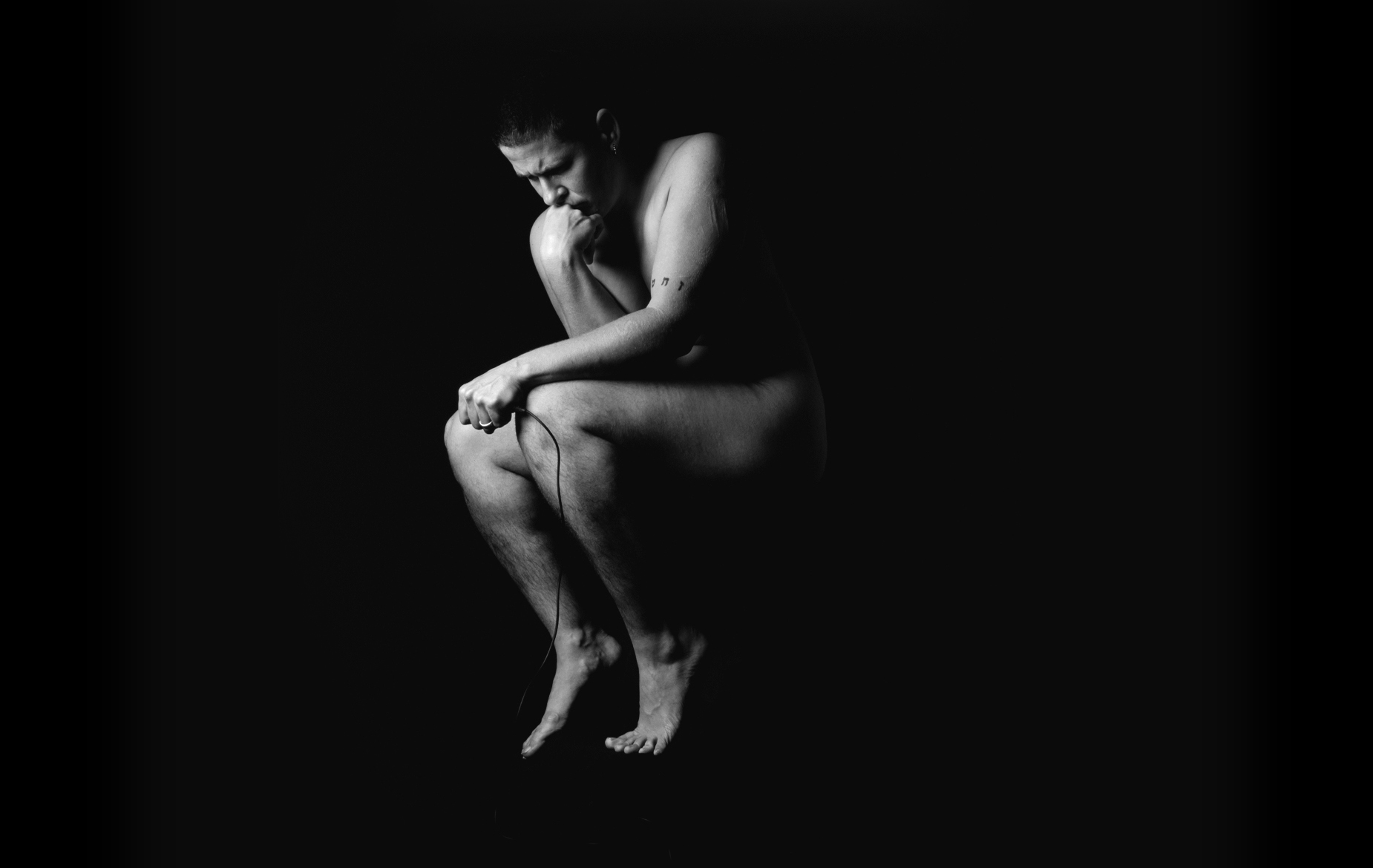QAF Wicked reimagined identity politics, exposing the implications
of homonormativity as erasure. This past decade has seen the mainstreaming of gay; sexual difference wins approval so long as it is palatable, marketable, and doesn’t stray too far from bourgeois notions of taste and morality. The mainstream commodifies queer experience in the same breath as it pathologizes the queer body, adjudicating via medical and sociological interventions which anatomies and passions rank as authentic.
rEvolutions: Curated Visual Art Catalogue AD Foreword
Queer Arts Festival 2019: rEvolution opened amid two widely celebrated semicentennials. On June 28, 2019, we were 50 years from the Stonewall Riots. On XXX day month year (do you know when?) we had completed fifty long, slow revolutions of the earth around the sun since the partial decriminalization of sodomy in Canada (for some people, some of the time, in some places…) In those fifty years, so much changed. For some people, some of the time, in some places.
Continue reading “rEvolutions: Curated Visual Art Catalogue AD Foreword”DECADEnce: Curated Visual Art Catalogue AD Foreword
In a settler-colonial society, we have a very solidified perception of what “counts” as worthy for recording. Systems of power proclaim a single story, asserting authority and superiority, setting the bar by which we are measured and found wanting.
Continue reading “DECADEnce: Curated Visual Art Catalogue AD Foreword “Drama Queer: Curated Visual Art Catalogue AD Introduction
During the preparation of this catalogue, Keijaun Thomas, one of the Drama Queer artists, asked:
I personally don’t think it is enough to say that queer art has always been left out of art history—well damn, black art and black history, especially art that focuses on creating space and holding space for black and brown people and our legacies, have always been on the margins. What will the Drama Queer catalogue do to sustain our lives? How does the catalogue reflect the urgency to preserve our collective histories?1
Continue reading “Drama Queer: Curated Visual Art Catalogue AD Introduction”Towards a Repositioning of Queer Art
All the most interesting people are that way you know.
– Gertrude Stein
In June 2012, the Queer New York Festival burst onto the scene with a manifesto that argued queer art was an “impoverished reality” that had been “hijacked by the mainstream… absorbed and erased,” until “even artists often avoid the label since they see it as something that would narrow and define them in a limiting way.” (Dobrovic). This essay examines that premise and interrogates the ways in which queer art has been critically defined. Taking as a model the Guerrilla Girls’ critique of the erasure of women in the art world, this essay seeks a similar re-visioning of art by queers within the historical context, asking “Where are the queer artists?” Continue reading “Towards a Repositioning of Queer Art”
